Pr617_AIP_submarine
Updated: originally posted Feb 5, 2017
CLICK for high-resolution image
Soviet Russia’s forgotten high-speed AIP submarine
 When in May 1958 CIA intelligence analysts poured over a set of spy photographs of Soviet submarine construction they noticed that one submarine was different to the rest. Russia had a massive submarine building program underway and the backbone of the new fleet was the Project 613 W-Class (aka WHISKEY Class per the NATO phonetic alphabet). 236 WHISKEYs were built between 1949 and 1958 representing the single largest class of submarines ever built. The photograph in question was a waterline shot of the boat in the water and was probably taken by a spy with access to the Lenningrad Sudomekh 196 ship yard or adjacent area. The subsequent report was classified TOP SECRET CHESS indicating that it also included U2 spy plane imagery. The submarine in the photo was labeled “W-45”, presumably indicating that it was the initially categorized as the 45th WHISKEY in the set.
When in May 1958 CIA intelligence analysts poured over a set of spy photographs of Soviet submarine construction they noticed that one submarine was different to the rest. Russia had a massive submarine building program underway and the backbone of the new fleet was the Project 613 W-Class (aka WHISKEY Class per the NATO phonetic alphabet). 236 WHISKEYs were built between 1949 and 1958 representing the single largest class of submarines ever built. The photograph in question was a waterline shot of the boat in the water and was probably taken by a spy with access to the Lenningrad Sudomekh 196 ship yard or adjacent area. The subsequent report was classified TOP SECRET CHESS indicating that it also included U2 spy plane imagery. The submarine in the photo was labeled “W-45”, presumably indicating that it was the initially categorized as the 45th WHISKEY in the set.
The analysts soon realized that they were dealing with an entirely new class of submarine. What was undetectable in the photo was that it was equipped with Air Independent Propulsion (AIP). This meant that it was capable of very high underwater speeds because it did not have to reply on its batteries while underwater. The submarine was (I am confident) the unique Project 617 WHALE Class:
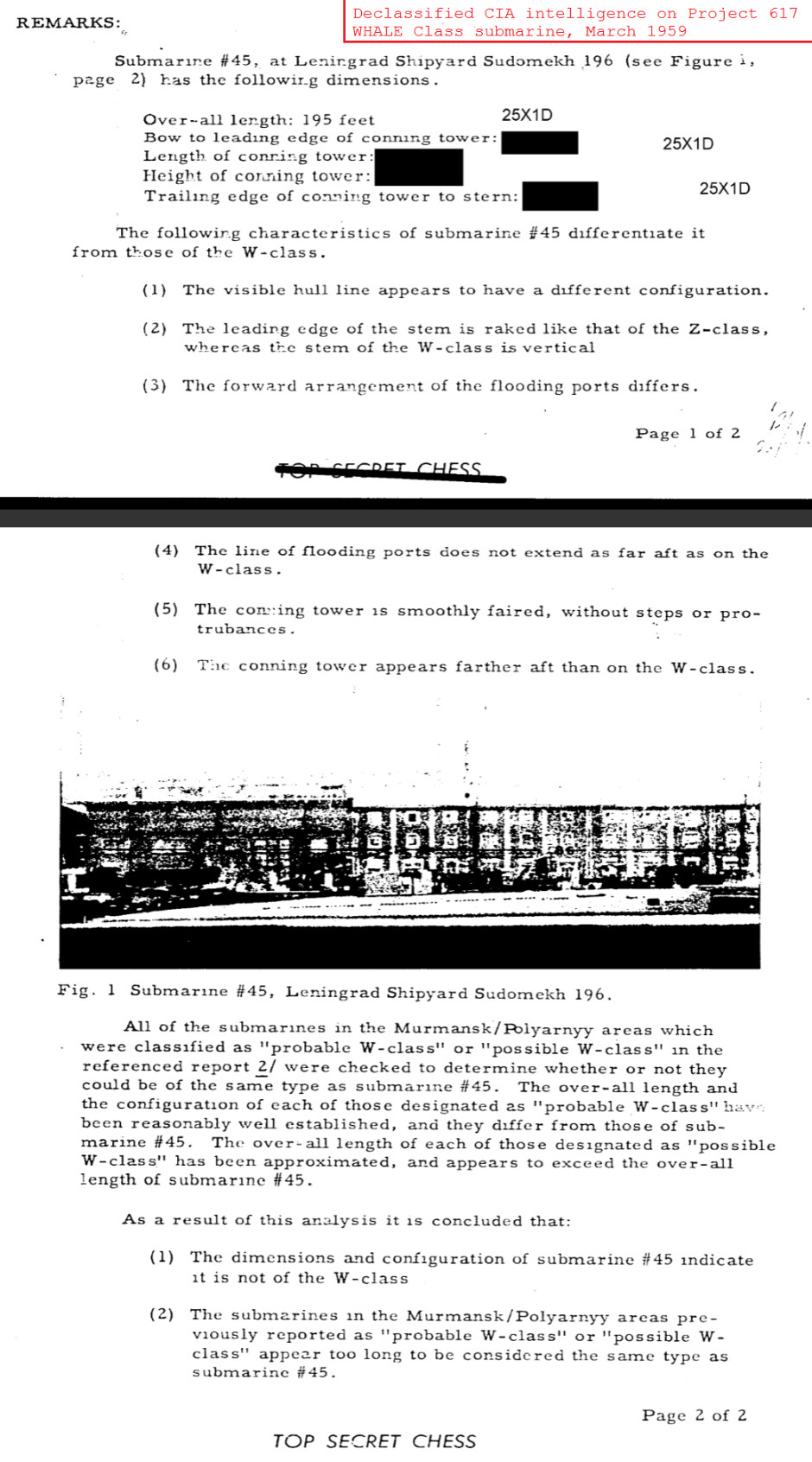
Part of the now declassified CIA intelligence report on submarine W-45. Ref CIA-RDP78T05439A000100090100-1
NATO broke from the strict use of the phonetic alphabet and gave it the codename WHALE Class. This also highlighted the confusion with the WHISKEY Class.

THE book on Special Forces subs Covert Shores 2nd Edition. A world history of naval Special Forces, their missions and their specialist vehicles. SEALs, SBS, COMSUBIN, Sh-13, Spetsnaz, Kampfschwimmers, Commando Hubert, 4RR and many more.
Check it out on Amazon

A single hull, PL-99, was laid down on 5th February 1951 and launched a year later. She conducted factory and sea trials in 1952-55 and joined the Baltic Fleet in 1956. She was however unknown to Western intelligence (per the CIA document above).
Walter AIP
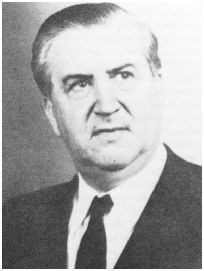 The Soviets got the technology for the Project 617 submarine’s Air Independent Propulsion (AIP) from captured German Engineers who had worked on the Type- XVII submarine or other German AIP projects. These used decomposing hydrogen-peroxide to produce steam, which in turn drove a turbine and drove the propeller. This process did not require a fresh air supply so the motor could be run while the submarine was submerged. Additionally, the violent reaction produced enough power to allow very high top speeds. The man behind this ingenious propulsion system was Professor Hellmuth Walter who was born in Germany in 1900 and trained as a marine turbine engineer.
The Soviets got the technology for the Project 617 submarine’s Air Independent Propulsion (AIP) from captured German Engineers who had worked on the Type- XVII submarine or other German AIP projects. These used decomposing hydrogen-peroxide to produce steam, which in turn drove a turbine and drove the propeller. This process did not require a fresh air supply so the motor could be run while the submarine was submerged. Additionally, the violent reaction produced enough power to allow very high top speeds. The man behind this ingenious propulsion system was Professor Hellmuth Walter who was born in Germany in 1900 and trained as a marine turbine engineer.
Walter first patented the basic idea of AIP in 1925 and approached the Electrical-Chemical Works in Munich in April 1933. Gradually his ideas were taken seriously and he was able to build an experimental submarine called V-80 in 1939. This was capable of an incredible 23 knots submerged (some sources say 28 knots) compared to the typical 6-8 knots of regular submarines. The outbreak of war slowed development but eventually an operationally capable boat was produced, the Type- XVII u-boat. Walter engines were also proposed for a range of small ‘K-Craft’ (midget submarines).
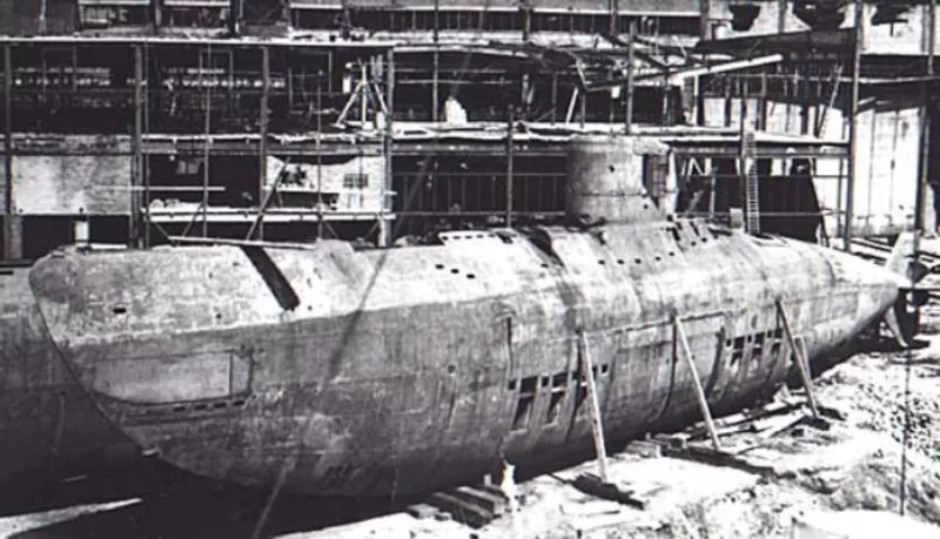
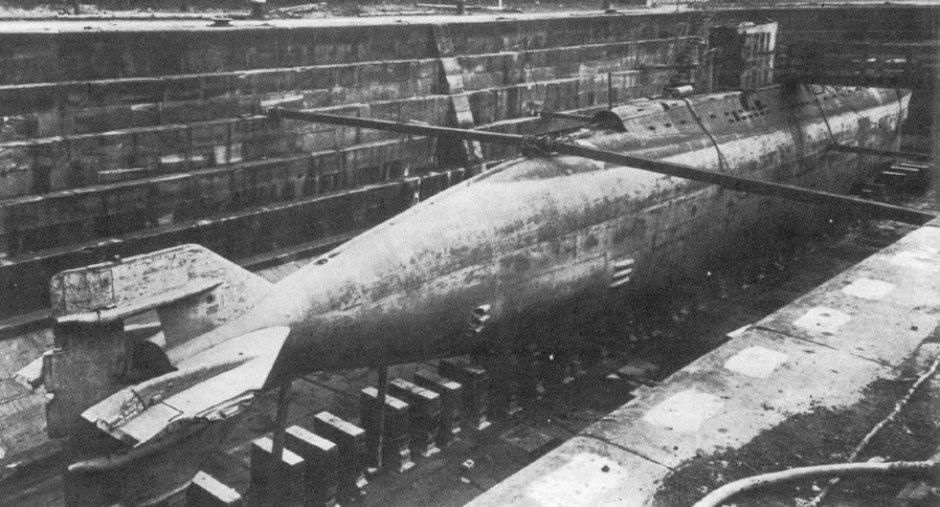
Unlike Britain and US, Russia did not capture any Type-XVII u-boats or drawings of the Walter Plant, so progress on a submarine with a Walter plant was markedly slower than in the West. The project to develop the submarine started in about 1947.
On both sides of the Iron Curtain interest in the Walter AIP system was primarily focused on the very high underwater speeds which could be achieved. The British and US had the advantage of capturing several scuttled or unfinished Type-XVII u-boats. One was put into service with the Royal Navy as HMS Meteorite where the Hydrogen-Peroxide fuel was termed High-Test Peroxide (HTP). HMS Meteorite was followed by two experimental submarines, HMS Explorer and HMS Excalibur (below left). And in America the midget submarine USS X-1 (below right) was fitted with a Walter AIP.

The Soviets did however have a submarine which used a different form of AIP. The Project 615 QUEBEC Class employed stored liquid oxygen (LOX) to run one of its three diesels in AIP mode. This system had actually been tested by the Soviet Navy in 1939 but development had stopped due to the War. The postwar QUEBEC class were small submarines of 460 tons and were armed with just four torpedo tubes without reloads. 30 boats were built but the class suffered issues with the stored oxygen and two boats were lost. Due to frequent mini-explosions in the engineering space the type was known as Zippos after the lighter. Although the USSR continued to build diesel-electric submarines after the advent of nuclear power, the QUEBEC Class was the only type with LOX AIP. The QUEBEC Class was capable of 16 knots submerged speed, which was respectable but no match for boats with Walter AIP.

Project 615 QUEBEC Class AIP sub
Get The essential guide to World Submarines
This Covert Shores Recognition Guide Covers over 80 classes of submarines including all types currently in service with World Navies.
Check it out on Amazon
Design
Like most new Russian submarine designs in the immediate postwar years the WHALE Class featured a streamlined double-hull with a boat-like bow and a knife stern. This was heavily influenced by the German World War Two Type-XXI submarine, widely considered the most advanced submarine of the war.
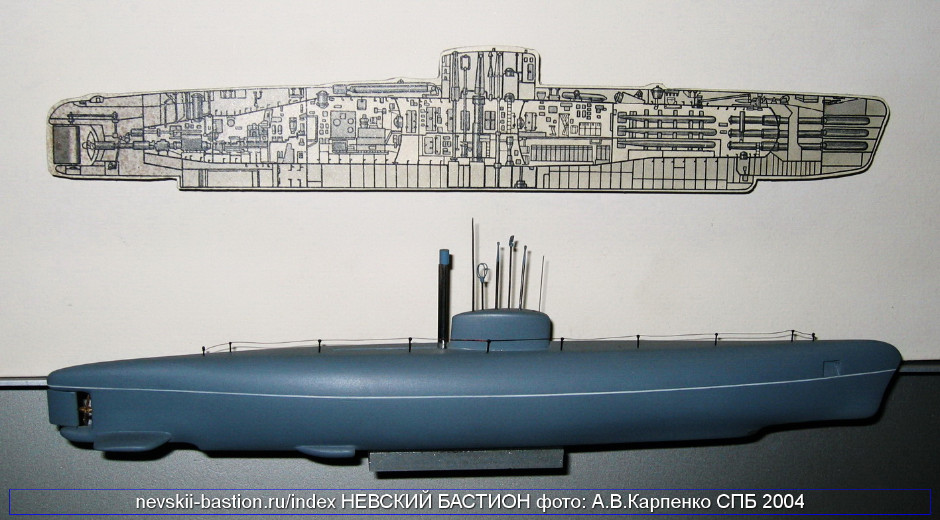
Specification
Displacement: 1,500 tons submerged, 950 tons surfaced
Length: 62.2 m
Beam: 6.02 m
Speed: 20 kt max submerged, 11 kt surfaced
Operating depth: 170 m
Max depth: 200 m
Crew: 51
Endurance: 51 days
Armament: 6 x 533mm (21”) torpedo tubes plus 6 reloads
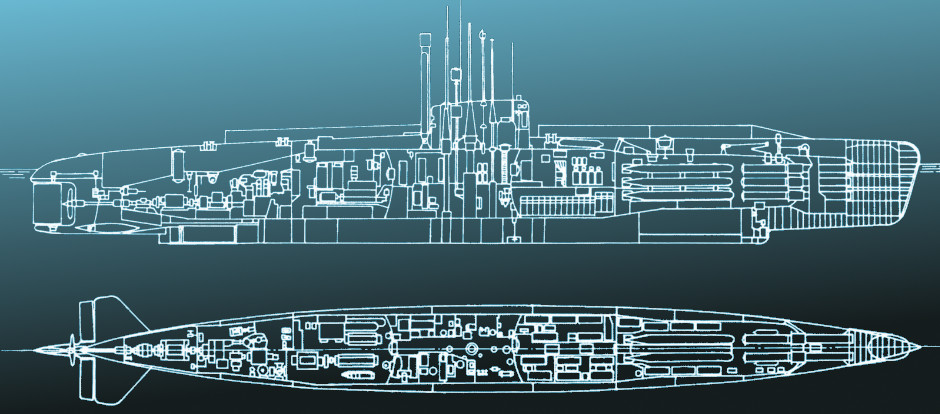
A strong indication that the WHALE was intended for series production was that she was equipped with six heavyweight torpedo tubes in the bow. A sonar was carried beneath the bow in the same position as on the WHISKEY Class and earlier German Type-XXI (not the bulbous section at the base of the bow in the photographs). Unusually the bow had a serrated leading edge suggesting that it was intended to cut through defensive nets. This feature appears dated in a Cold War design.
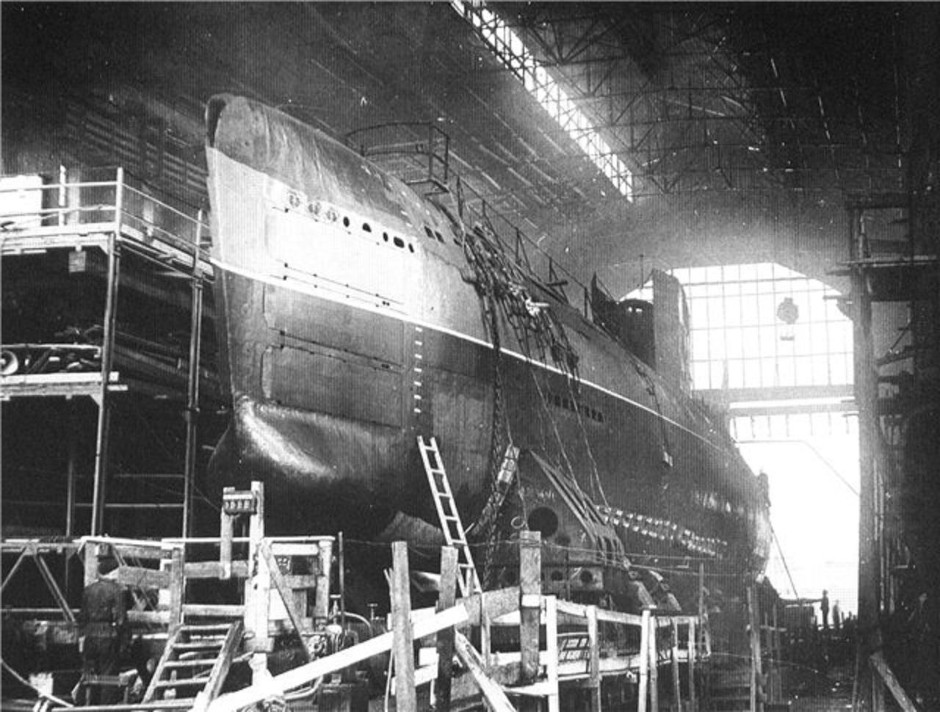
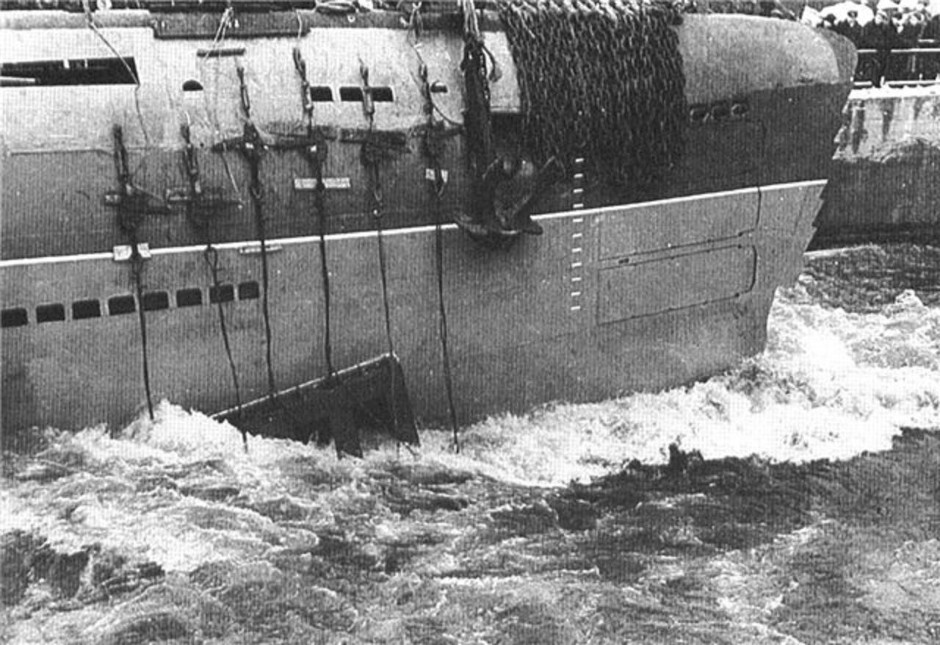
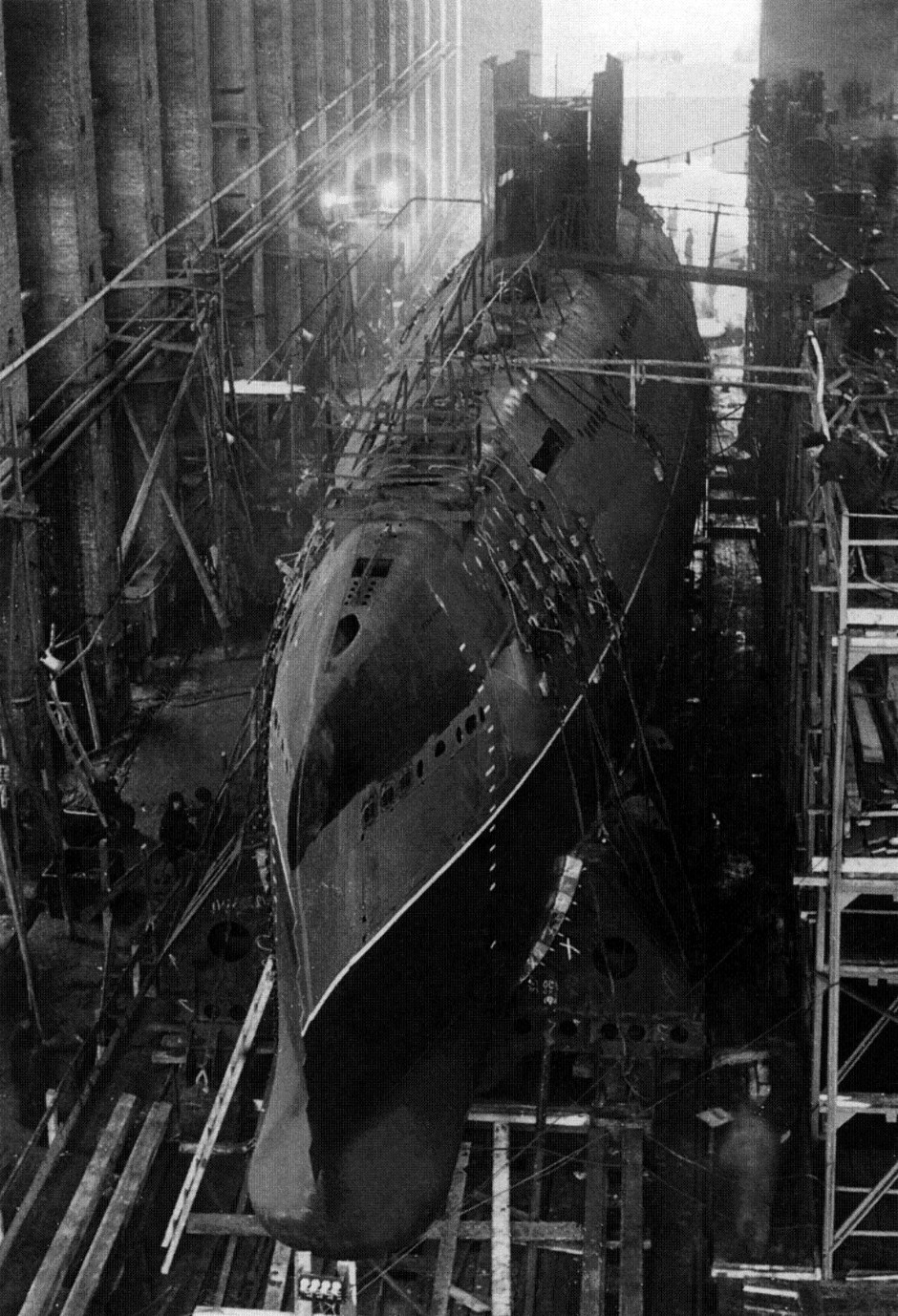
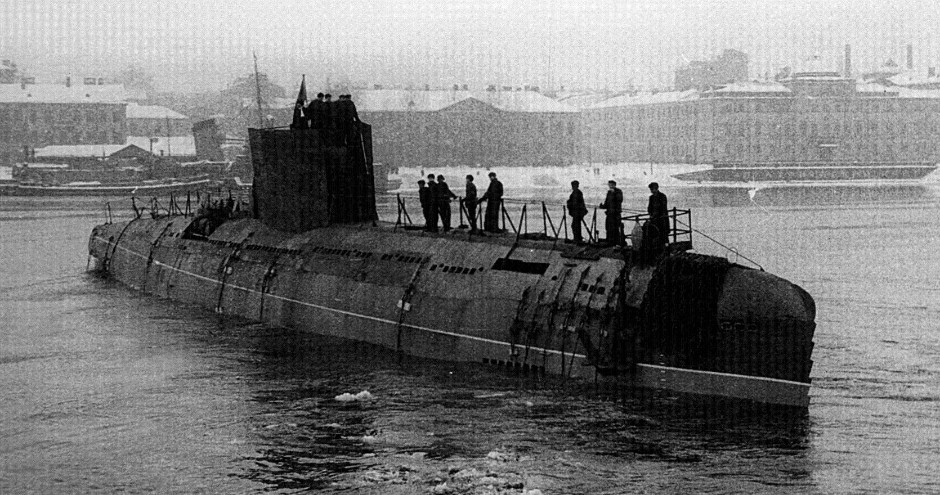
The object on the prop shaft is a form of brake to allow the submarine’s propulsion machinery to be run while the boat was stationary. This allowed the novel AIP to be tested. It was replaced by a regular screw for ordinary operations. (This corrects an earlier statement that it may have been an early form of pump jet).
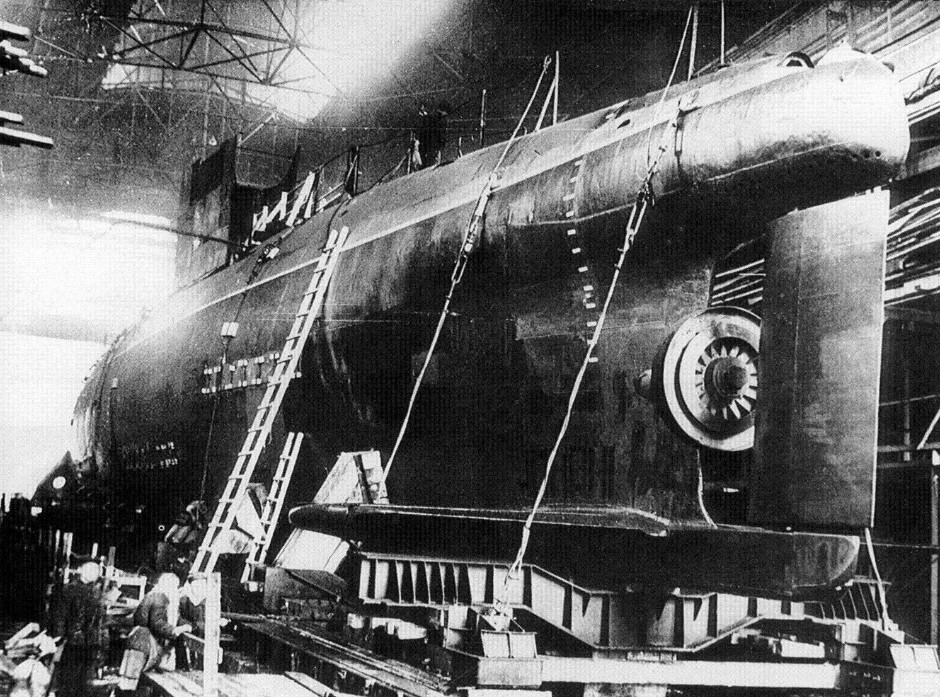
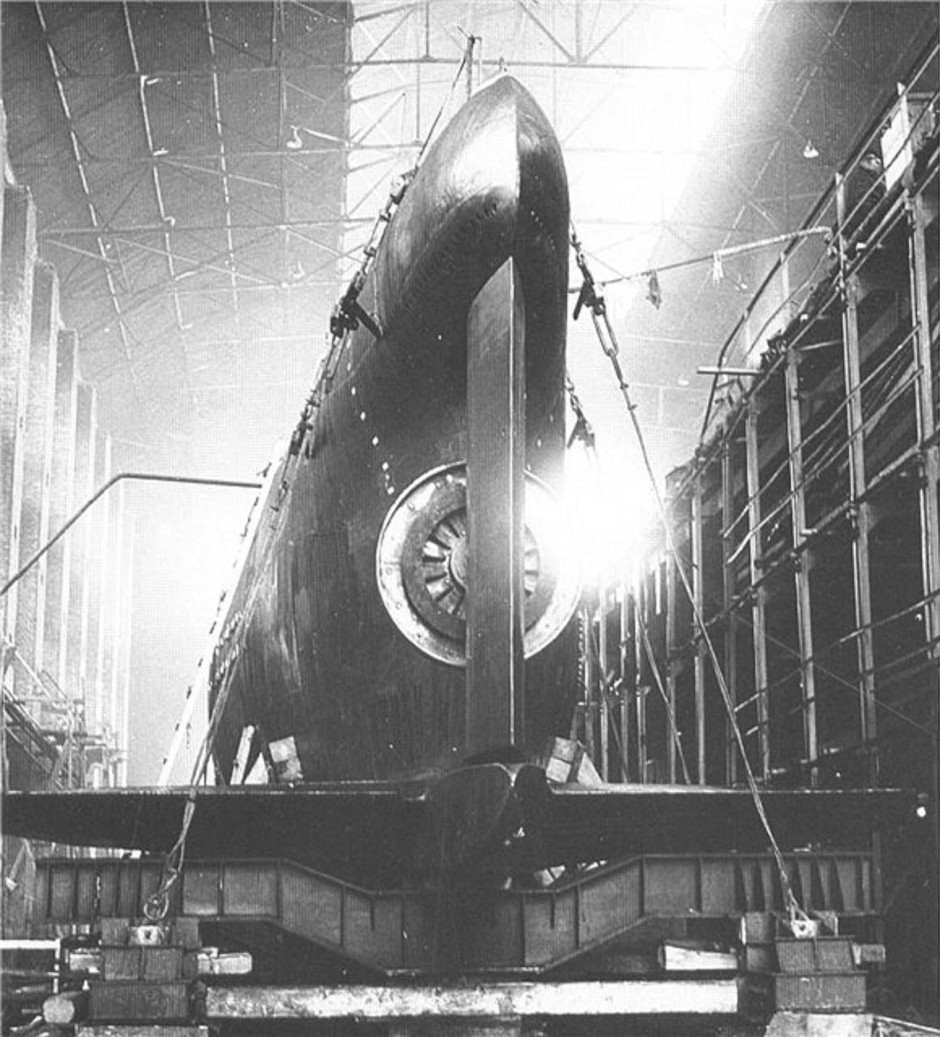
Fate
Hydrogen Peroxide can be a dangerous fuel. Despite the Germans never reporting any submarine accidents attributed to the use of this fuel, in the post war years there were several, although some related to its use in torpedoes rather than the submarines themselves. USS X-1’s hydrogen-peroxide plant exploded on 20th May 1957.
The sole WHALE Class boat, PL-99, suffered an engine compartment explosion on 19th May 1959 while on exercise in the Baltic. Her captain managed to surface her and she was able to limp to Liepaja. She was later taken to the major Baltic Fleet base at Kronstadt where repairs started.
During this time a Western merchant vessel (likely Norwegian) visited Kronstadt. Some of the crew were working for the CIA and they recorded the many warships and submarines that they saw. Among those was a mysterious submarine with box like structures and a cylindrical structure on the sail. This appears to have been PL-99 undergoing inspection repairs.
At about the same time the success of the Soviet Union’s first nuclear powered submarines cast significant doubt over the usefulness of Walter AIP. The nuclear submarines were faster and had a virtually unlimited range. It was decided not to bring PL-99 back to service and work on the project ceased.
Related articles (Full index of popular Covert Shores articles)















 World survey of AIP submarines
World survey of AIP submarines

 Barbel Class - the last front-line diesel boats int the US Navy
Barbel Class - the last front-line diesel boats int the US Navy

 Japanese Ha201 Sen-Taka-Sho fast attack submarine of WW2
Japanese Ha201 Sen-Taka-Sho fast attack submarine of WW2

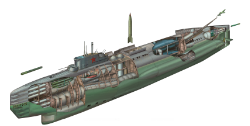 Stalin’s Super Sub, Project P-2
Stalin’s Super Sub, Project P-2

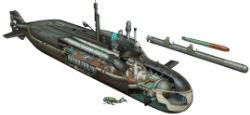 Piranha Class (LOSOS) midget sub
Piranha Class (LOSOS) midget sub

 WW2 German Delfin midget submarine with AIP
WW2 German Delfin midget submarine with AIP





